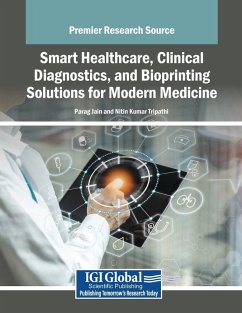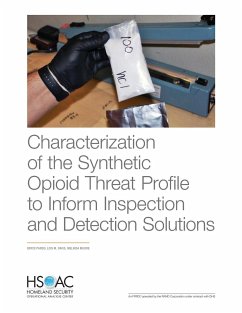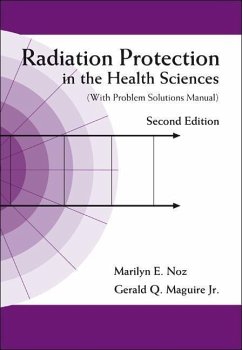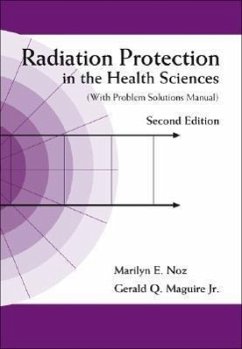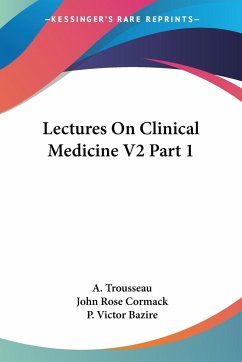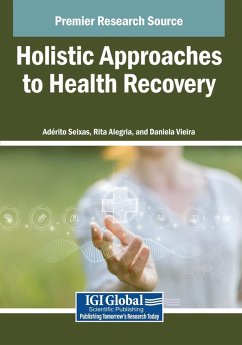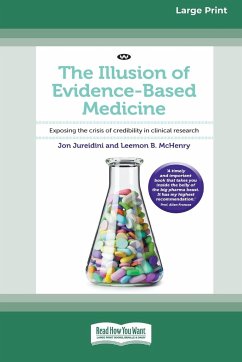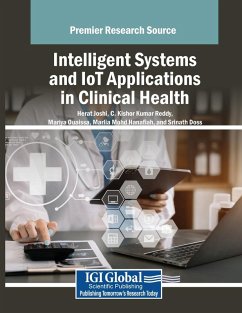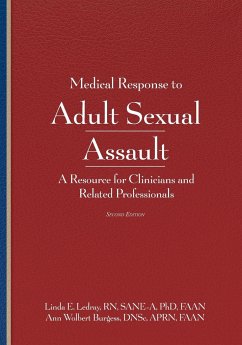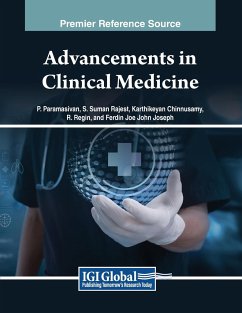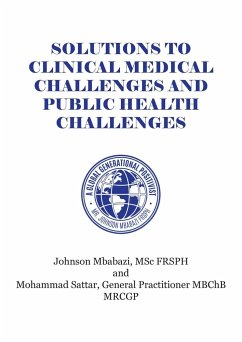
Solutions to Clinical Medical Challenges and Public Health Challenges
Versandkostenfrei!
Versandfertig in 1-2 Wochen
23,99 €
inkl. MwSt.

PAYBACK Punkte
12 °P sammeln!
Background: Metformin mono- or combination therapies are the most common form of drug therapies used in managing type 2 diabetes. They are usually prescribed after exercise of some sort has been recommended. It is not always clear exactly how much glycaemic control is achieved by using these drugs or exercise. Objectives: To assess the relative efficacies of Metformin mono- and combination therapies and exercise in controlling diabetes type 2. Search strategy: Trials were identified by searching Pubmed and conducting manual searches of bibliographies. Selection Criteria: Randomised controlled ...
Background: Metformin mono- or combination therapies are the most common form of drug therapies used in managing type 2 diabetes. They are usually prescribed after exercise of some sort has been recommended. It is not always clear exactly how much glycaemic control is achieved by using these drugs or exercise. Objectives: To assess the relative efficacies of Metformin mono- and combination therapies and exercise in controlling diabetes type 2. Search strategy: Trials were identified by searching Pubmed and conducting manual searches of bibliographies. Selection Criteria: Randomised controlled trials and retrospective studies investigating the use of Metformin mono- or combination therapies in the treatment of diabetes type 2 with the reduction of HbA1c as a primary outcome. Data Collection and Analysis: As far as could be obtained, mean changes in HbA1c levels were obtained from all the trials and the percentage of participants who achieved HbA1c levels ¿7% were noted. Any side effects were also recorded. Main results: Seven trials including six randomised controlled trials and one retrospective study involving a total of 1807 patients. The trials lasted between 14 weeks and 52 weeks. Metformin mono-and combination therapies were shown to achieve mean reductions in HbA1c levels of between 0.6% and 2.7% compared to a mean reduction of 0.6% when using exercise alone. Conclusion: Exercise constitutes a clinically significant first line treatment of diabetes type 2 especially in its mild forms achieving both noteworthy reductions in HbA1c levels and ameliorating the effects of the disease. The use of Metformin in mono- or combination therapies however causes superior glycaemic control with reduction in mean HbA1c levels of up to 2.7%. This can be particularly useful when treating acute diabetes type 2.



